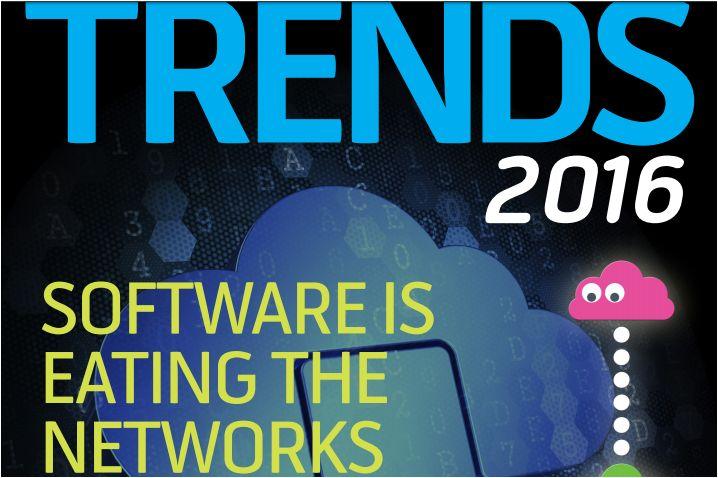
Telenor Group’s Research arm today published the key global telecom trends for 2016.
Consumers are experiencing digitalization in many parts of their daily lives, from buying bus tickets with the mobile phone to monitoring heart rate or getting GPS directions on smartphones.
The digitization will transform all aspects of the telecom industry.
“2016 will be an exciting year for telecoms as we face evolving customer expectations, competition, regulation and accelerating technological change. Change that in our opinion brings more opportunities than it does challenges,” said Bjirn Taale Sandberg, head of Telenor Research.
Customers will co-create services
Mobile customers are increasingly digital savvy, demanding and empowered. This puts demands on telecom network companies to deliver superior digital customer experiences, and be more aligned with the customer’s changing behavior than ever before.
Service design is now a globally recognized competitive capability and seen as key in creating superior customer value in fast-changing service industries. All elements in the digital journey are moving faster. The production of services also needs to move faster. Service design offers a fail-fast iterative processes of prototyping with key actors (including the customer) in early stages of service development.
Data for social good
Telecom big data will be used more in 2016 to tangibly help society – for the purpose of social good. Over the last few years we and others have contributed with examples of ‘Data for Good’ projects. The awareness of the potential is now growing with policymakers and industry. For this reason we predict that 2016 will be the year where this approach will go ‘mainstream’ and we will be able to make a real impact by using our ‘big data’ core competence in addressing some of society’s ‘big questions’.
Softwarization
Networks as software rather than hardware will take off as technologies such as Network Function Virtualization (NFV) and Software Defined Networking (SDN) will enable new ways of designing and operating networks.
In 2016 we are likely to see the early majority of operators start deploying these technologies and we will see new innovative services starting to appear. The trend will have a huge impact on actors in the telecommunications industry including vendors, operators and other service providers.
These technologies can give operators the agility and flexibility to deliver new, and improved existing services much faster than before. Secondly, it promises to improve the operational efficiency of operators by automating many operational tasks. To realize the benefits of network softwarization there is a need for transformation. Convergence of networks and IT is at the center of this trend and we believe that the operators and other actors in the telecommunications industry will have to start bridging the gap this year.
Deep learning
As they get more deeply integrated into digital services and devices, machines will understand more digital content. We will experience this through new services, better digital assistants, search results and suggestions, and more relevant ads.
Computers will become more adaptable to humans, and not the other way around. You will have services and devices that have more human-like interfaces. This will enable more users to get online, since the digital barrier will be lowered. The ‘machine learning revolution’ is the result of two key enablers; access to massive amounts of data and the continued increase in computing power. Both are growing at an exponential rate and research into machine learning algorithm is massive.
More IoT services with LPWA
Future Internet of Things (IoT) devices need low cost and low power consuming networks. Low Power Wide Area networks enable a future smart society with many new and exciting IoT services and platforms.
IoT devices such as sensors and actuators can be produced at low cost for LPWA networks. They could be connected to a LPWA network for less than $5 a year and have a battery life of up to 10 years in many cases. LPWA will be one of the enablers for a smart society where we for example will have intelligent health monitoring system, smart facility management and waste management solutions. As a side step it is also worth mentioning Bluetooth Smart Beacon technology. In 2016 deployments of beacons as part of personalized proximity marketing solutions will be highly visible.
Levelling out the playing field
In 2016 governments and regulatory authorities will have to deal with an intensifying debate on how to adjust the traditional legal frameworks to the new competitive digital environment and a growing sharing economy.
Policymakers and regulators will start to discuss concrete ideas on how to adjust to the changes in the society. How the legal frameworks should change will depend on the sector and the characteristics of the services under scrutiny. We believe that a leveling out the playing field between the traditional businesses and the new comers will benefit the consumers and will foster innovation in our industry.





